Reportar esta entrada
Más sobre la misma comunidad-colección
EPHS 1986 Los 5 sobresaliente estudiantes de cuarto año
EPHS 1986 Top 5 Seniors. Andrew Gonzalez, Meera Srinivasin, ...
Equipo de fútbol americano de Lamar Longhorn - 1981
1981 Lamar Longhorn Football Team. With several Class of 1986 El ...
La escuela primaria James P. Butler
Located at 14251 Ralph Seitsinger, the elementary school was ...
La escuela primaria Benito Martinez - El Paso, Texas
Benito Martinez Elementary School was named after local hero, ...
La escuela primaria Chester E. Jordan - El Paso, Texas
Chester E. Jordan was an honorable man who served his country ...
La escuela primaria Dr. Sue Shook - El Paso, Tejas
On Monday, Jan. 22, 2007 the Socorro Independent School broke ...
La escuela primaria Elfida Chavez
Elfida P. Chavéz Elementary opened its doors to students in the ...
La escuela primaria Helen Ball - El Paso, Texas
Helen Ball Elementary School opened its doors to students in ...
La escuela Ernesto Serna El Paso, Tejas
The school was named after a member of the community who nobly ...
Francisco Madero y Annie (Meyer) Kleyhauer el 11 de mayo de 1911
My grandparents, Alfred D. and Annie Kleyhauer, and other ...
Escuela John Drugan - El Paso, Tejas
Socorro ISD began construction of its 35th campus, John Drugan ...

















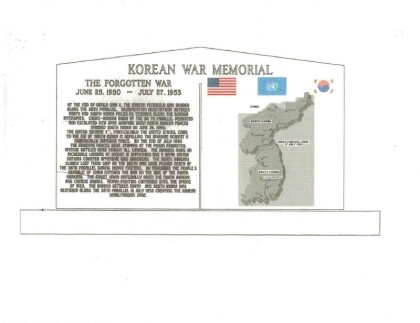

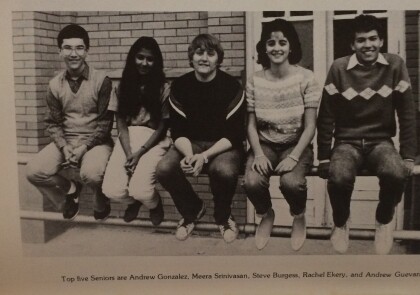
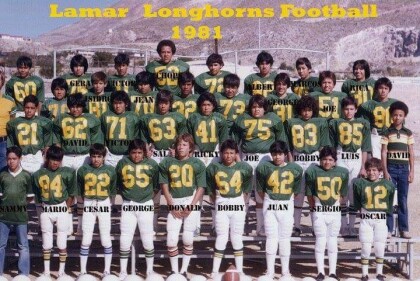
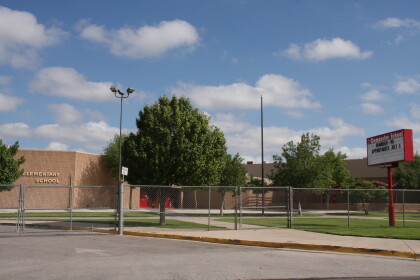
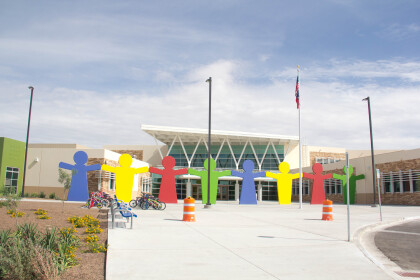
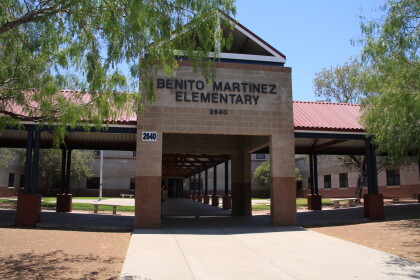
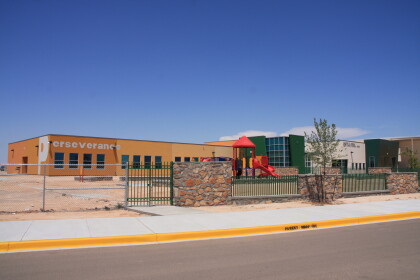
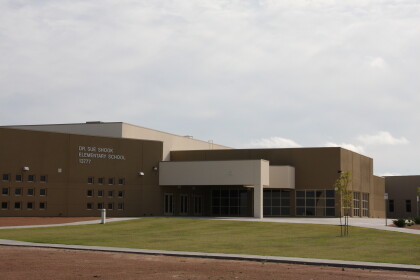
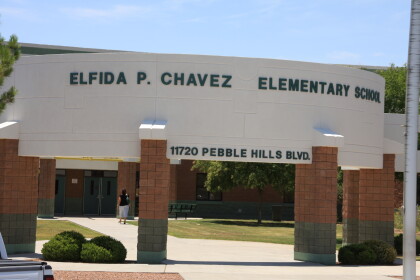
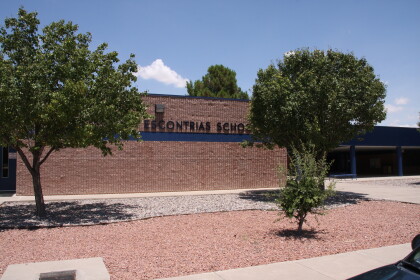
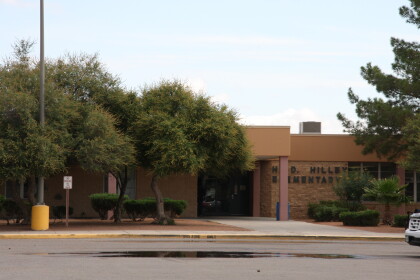
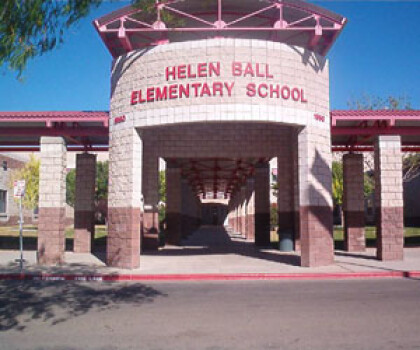
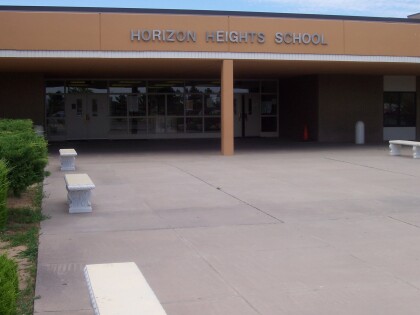
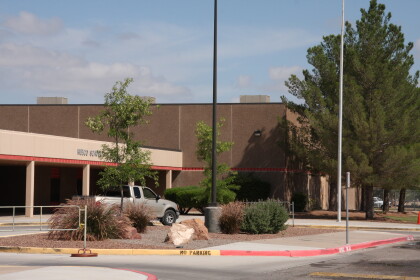
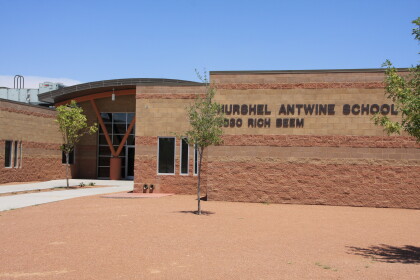
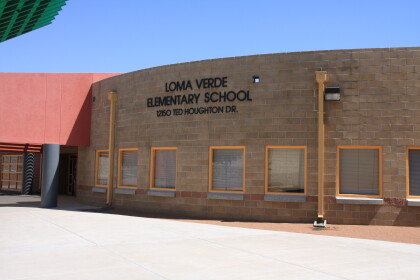
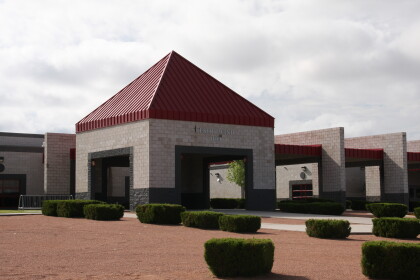
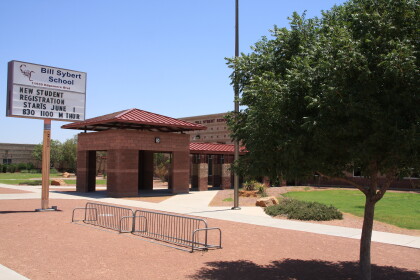
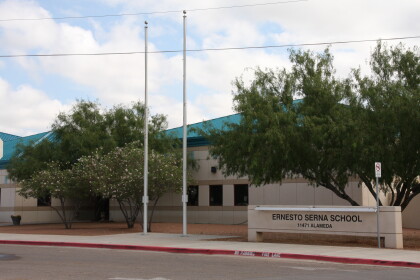
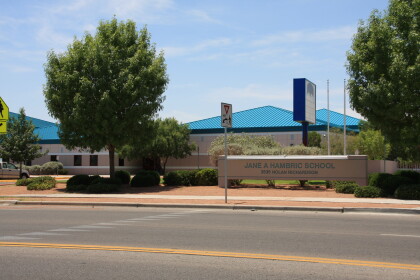
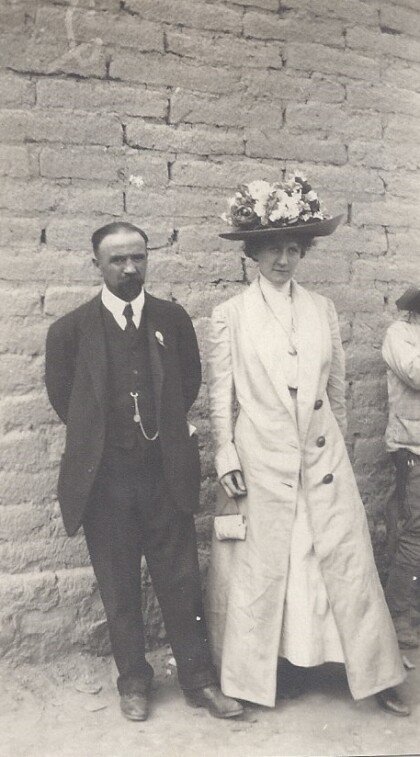

Comentarios
Hacer un comentario